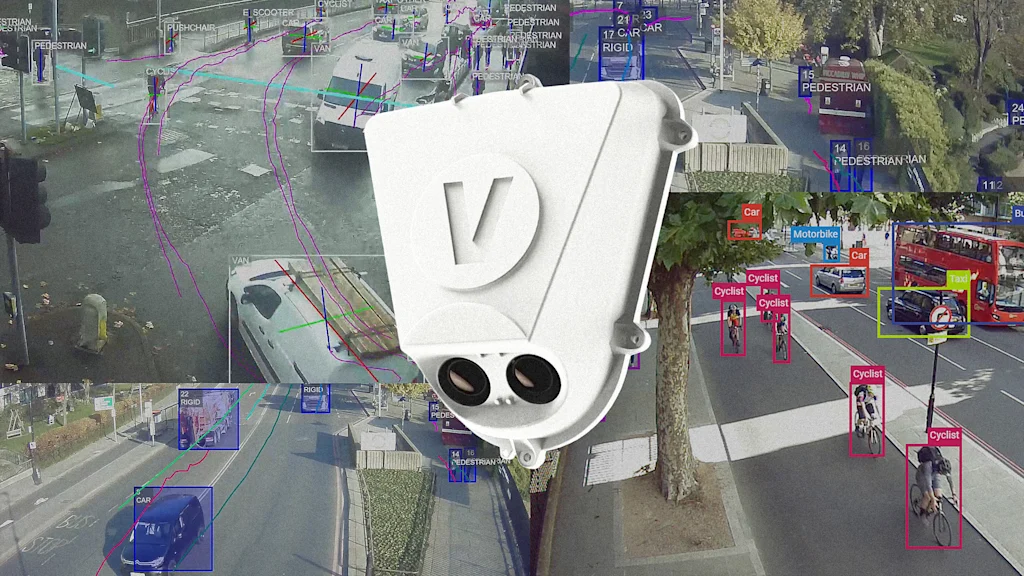
"The city is one of a growing number testing technology that uses sensors, anonymous data, and AI to make it easier to cross streets. Made by a company called VivaCity (known as Viva in the U.S.), the sensors can detect cyclists and pedestrians from more than 200 feet away. In some cases, someone on a bike might not need to stop at the corner. Pedestrians can keep walking without breaking their stride."
""At the moment, a lot of traffic signals don't detect cyclists," says Matt Shaw, head of product at VivaCity. "If they're really basic, they operate on a fixed time schedule, so it will just rotate 30 seconds at a time. Or they might have vehicle detection, so they know if a car's approaching, but they don't know if a cyclist is." Wires embedded in the pavement can detect metal, but often miss bikes."
"VivaCity's technology also analyzes direction, so the automatic walk sign isn't triggered if a pedestrian is just passing by without intending to cross. It also counts the number of people waiting, so cities can choose to use a formula to change the light faster if more people are waiting. Most traffic controllers now "have no idea if it's one pedestrian or a hundred," says Shaw."
Leeds is testing VivaCity sensors and AI that detect cyclists and pedestrians from over 200 feet away to trigger or hold traffic lights automatically. Cities can program signals to give cyclists shorter waits or full priority. The system analyzes direction to avoid false walk signals and counts waiting people to adjust timings using formulas. Traditional vehicle detectors and embedded pavement wires often miss bicycles. The technology can also identify people using wheelchairs or walkers and determine whether they are still crossing, enhancing safety and traffic flow.
Read at Fast Company
Unable to calculate read time
Collection
[
|
...
]